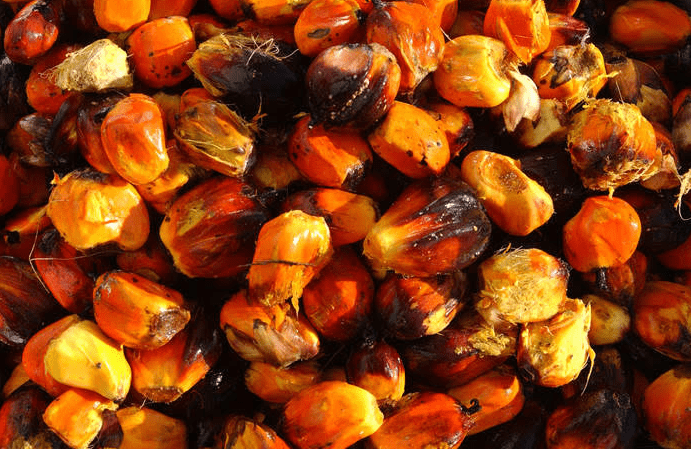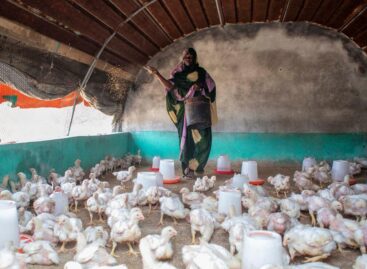FAO: World food prices drop in February
World food prices declined in February for the first time in four months due to a sharp fall in the export prices of vegetable oils, partly driven by fears that the coronavirus (COVID-19) outbreak will slow global demand.

The FAO Food Price Index, which tracks monthly changes in the international prices of commonly-traded food commodities, averaged 180.5 points in February, down 1.0 percent from the previous month but still 8.1 percent higher than a year earlier.
The FAO Vegetable Oil Index declined 10.3 percent from January, with international palm oil prices falling by even more on account of higher-than-expected output in Malaysia, a temporary drop in India’s import demand and concerns over the spread of COVID-19.
The FAO Cereal Price Index declined 0.9 percent in February. Wheat prices were lower, reflecting well-supplied markets, while maize prices retreated as demand from the livestock feed sector dipped amid expectations of a weakening global economy. By contrast, international rice prices rose, buoyed by strong demand from Far Eastern and East African buyers.
The FAO Meat Price Index was down by 2.0 percent from January, influenced by reduced imports by China impacted by delays in cargo handling in ports. Drought-induced slaughter in New Zealand exerted further pressure on ovine meat price quotations, while poultry meat prices were affected by lower imports by Asia.
The FAO Dairy Price Index rose 4.6 percent, led by surging price quotations for cheese, partly linked to reduced milk output in Australia. Milk powders, by contrast, dipped as logistical bottlenecks slowed purchases by China, the world’s largest milk powder importer.
The FAO Sugar Price Index rose 4.5 percent amid prospects of lower production in India as well as in Thailand, combined with a strong global import demand.
World cereal production estimates revised upwards
FAO also issued a new Cereal Supply and Demand Brief, raising its estimates for 2019 world cereal production to 2 719 million tonnes due to higher maize outputs in West Africa and Ukraine.
The brief offers a preliminary forecast of 763 million tonnes for 2020 worldwide wheat production – very close to the near-record level of 2019 – and indicates that coarse grain output in 2020 will likely be strong in Argentina, Brazil and South Africa.
World cereal utilization in the 2019/20 cycle is now forecast to reach a record level of 2 721 million tonnes, driven by higher food, feed and industrial usages.
FAO raised its forecast for world cereal stocks at the close of the 2020 seasons to nearly 866 million tonnes, resulting in the global cereals stock-to-use ratio staying at a comfortable level of 30.9 percent.
Related news
FAO: International food prices have been declining since September
🎧 Hallgasd a cikket: Lejátszás Szünet Folytatás Leállítás Nyelv: Auto…
Read more >FAO-Ministry of Agriculture Scholarship Program Continues
🎧 Hallgasd a cikket: Lejátszás Szünet Folytatás Leállítás Nyelv: Auto…
Read more >FAO: 2026 is the International Year of Rangelands and Pastoralists
🎧 Hallgasd a cikket: Lejátszás Szünet Folytatás Leállítás Nyelv: Auto…
Read more >Related news
K&H: December SZÉP card top list: is a trend reversal expected this year?
🎧 Hallgasd a cikket: Lejátszás Szünet Folytatás Leállítás Nyelv: Auto…
Read more >You can still use bubi in the capital after December 23rd
🎧 Hallgasd a cikket: Lejátszás Szünet Folytatás Leállítás Nyelv: Auto…
Read more >Rome’s Trevi Fountain to be charged from February 1st
🎧 Hallgasd a cikket: Lejátszás Szünet Folytatás Leállítás Nyelv: Auto…
Read more >






